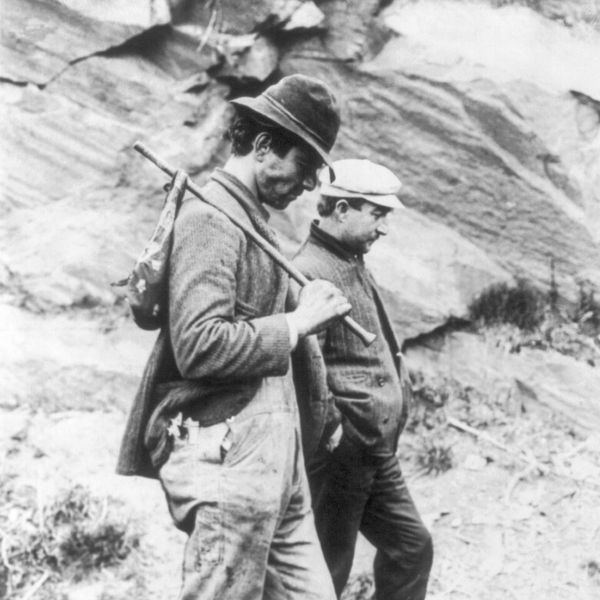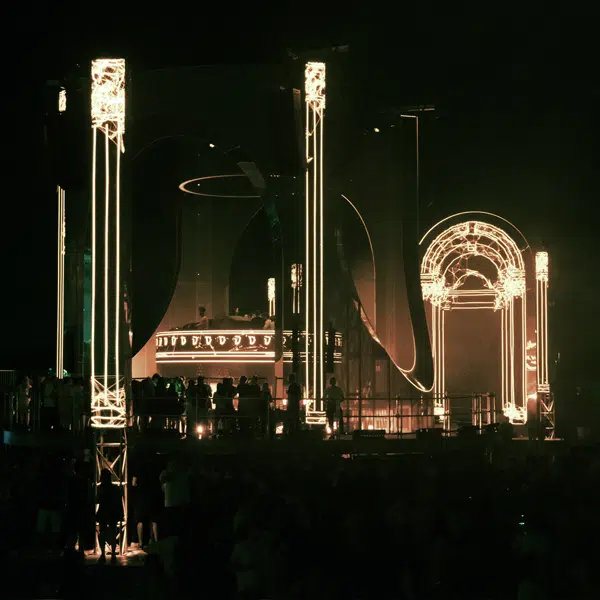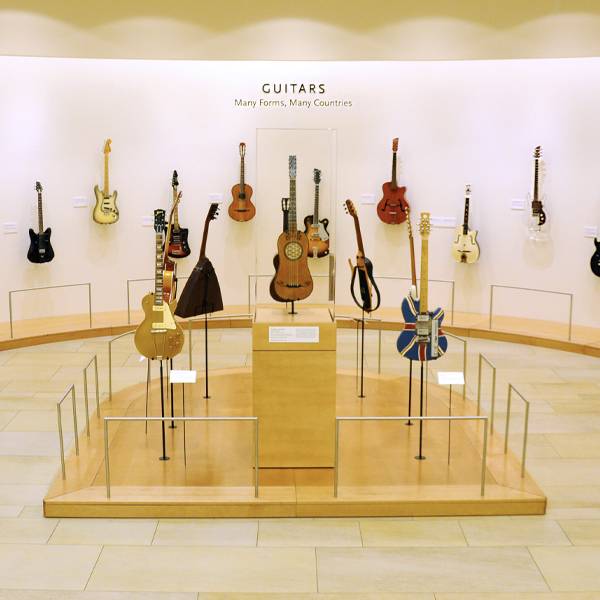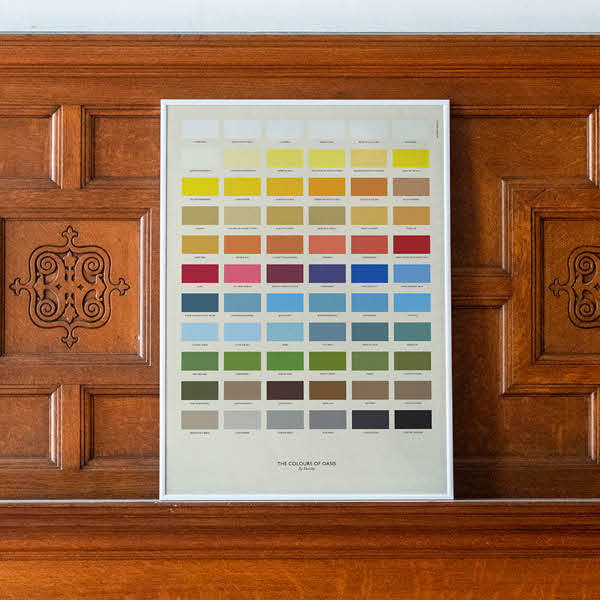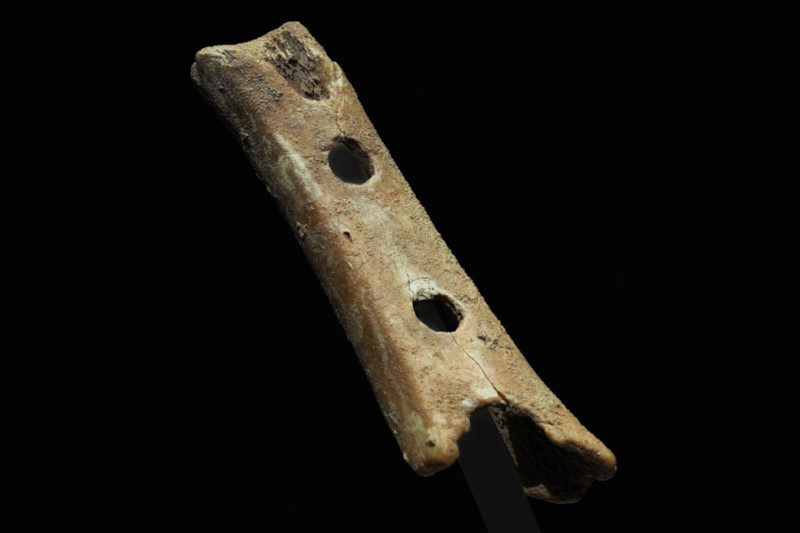
Photo: Petar Milošević via Wikimedia Commons (CC BY-SA 4.0)
In the late 1990s, a major discovery divided archaeologists. A team of researchers, led by archaeologist Ivan Turk, found a unique artifact in a Neanderthal (Homo neanderthalensis) campsite in Slovenia. It appeared to be a flute, made from the femur of a cave bear cub. The academics from the Institute of Archaeology of the Research Centre of the Slovenian Academy of Sciences and Arts named it the Divje Babe flute after the archeological site where it was found. Dating it back to at least 43,000 years ago, it became the oldest musical instrument in the world.
Since there are no other examples of Neanderthal musical instruments, the finding was met with skepticism. More so, scientists believed the holes in the tube to be the result of hyenas or other scavenging creatures gnawing at the bone and piercing it. However, Turk continuously dispelled the claims, and today, the flute is one of the highlights of the National Museum of Slovenia in Ljubljana.
In a 1997 essay, musicologist Bob Fink pointed out that the flute had major implications regarding the evolution of musical scales. Fink also assessed that the line-up of the holes confirmed that it was indeed a flute, and the holes matched four notes of a diatonic scale—do, re, mi, fa. The distance between the openings is related to a whole tone and a half-tone somewhere within a scale. “These three notes on the Neanderthal bone flute are inescapably diatonic and will sound like a near-perfect fit within ANY kind of standard diatonic scale, modern or antique,” states Fink. “We simply cannot conceive of it being otherwise, unless we deny it is a flute at all.”
In 2011, Ljuben Dimkaroski, a trumpet player for the Ljubljana Opera Orchestra, was looking for a definitive, practical answer and got his hands on a clay replica of the flute. After some thinking on how to play it, the trumpet player found a way, as it was not comparable to modern wind instruments. The results were documented in a short film by Sašo Niskač, where Dimkaroski plays a selection of Slovenian traditional songs as well as Beethoven's “Ode to Joy, and Maurice Ravel's “Bolero, Maurice Ravel. The musician also included free improvisation and mimicked animal sounds.
“Together with some other findings from Divje babe I, the Mousterian musical instrument offers a unique insight into the Neanderthals’ symbolic behaviour and their cognitive abilities,” write Turk and Dimkaroski in a study—challenging the notions of the Neanderthal may have achieved before their extinction.
You can listen to Dimkaroski's musical explorations with the Neanderthal flute below.
Listen to musician Ljuben Dimkaroski play a replica of the 43,000-year-old Neanderthal flute, considered the oldest instrument in the world.
Sources: Neanderthal Bone Flute Music; Neanderthal Flute: Oldest Musical Instrument’s 4 Notes Matches 4 of Do, Re, MI Scale; The Mousterian Musical Instrument from the Divje babe I cave (Slovenia): Arguments on the Material Evidence for Neanderthal Musical Behaviour; Hear the World’s Oldest Instrument, the “Neanderthal Flute,” Dating Back Over 43,000 Years
Related Articles:
12,000-Year-Old Bird Bone Flutes Mimic Ancient Bird Song
Lizzo Played a 200-Year-Old Crystal Flute During a Concert, Revealing the Sounds of History
World’s Oldest Song Is 3,400 Years Old and You Can Listen to It Today
Newly Discovered Pompeii Frescoes Reveal a Different—Wild—Side of Ancient Roman Women












































































